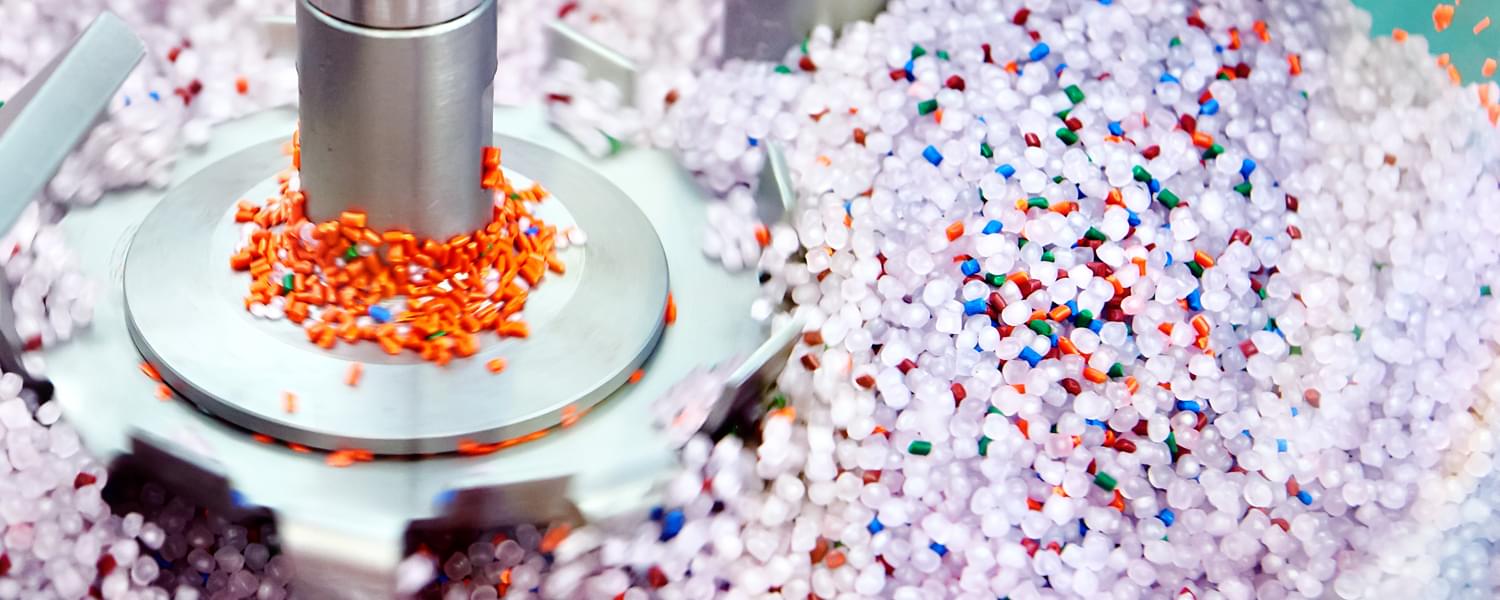LEATHERHEAD, Surrey, UK and AKRON, Ohio, USA – March 1, 2021 – Worldwide demand for thermoplastic elastomers (TPEs) was affected severely by the Covid-19 pandemic. Exclusive new data from Smithers shows consumption fell to a projected 3.23 million tonnes in 2020; down from 4.71 million tonnes in 2019.
As the market enters 2021 it is poised to rebound to 3.84 million tonnes for the year. Smithers’ latest expert study
The Future of Thermoplastic Elastomers To 2026 shows global demand will not return to pre-pandemic levels before 2024. It forecasts a compound annual growth rate (CAGR) of 9.5% for 2020-2026. This is representative both of recovery in core end-use industries – such as automotive manufacturing – after a year of unprecedented disruption; and the emergence of new market opportunities as stimulus spending recasts demand for these high-performance materials.
Smithers tracks how this will transform the post-Covid market across the leading seven TPE grades, and highlights the market and emergent technologies that will enable suppliers and compounders to exploit new markets.
Lockdown (shelter-in-place) regulations and the resultant loss of orders has disproportionately affected smaller compounders; with only those supply directly into medical applications – masks, syringes, and vials – seeing increased sales in 2020. Larger TPE producers have rationalised operations in the short-term, but may find new opportunities in specialised applications as they emerge from this.
The automotive industry has been badly hit by the Covid-19, but remains the dominant applications, consuming 43.9% of all TPEs in 2020. One area that has been less depressed, especially as China has emerged from pandemic disruption in H2 2020 – is electric vehicles (EVs). This gives TPE suppliers with new challenges and opportunities.
Without an internal combustion engine, there is less demand for under the bonnet (hood) components, but vehicle makers do require new materials for on-board battery systems. To gain a competitive advantage there is an onus to lower the prices of TPE engineered for use in EVs, which are currently higher than those for conventional vehicles. Even as oil prices and miles travelled have fallen to record lows, legislators have not retreated from tighter regulations on petrol-powered vehicles. This still favour TPEs as lighter weight, high-performance alternatives to conventional engine and chassis components.
The plastics industry’s technical answer to making the transition to a circular economy is chemical recycling of end-of-life polymers. Once this is implemented at scale it will help stabilise TPE raw material prices. Across the 2020s fully recyclability and production using no harmful substances, will become standard requirements for many TPE grades.
Pre-pandemic TPS had begun to lose market share to the EPDM-based TPEs; thermoplastic polyolefin elastomers (TPO) and Thermoplastic vulcanisates (TPV). The advent of Covid-19 has changed this. It is beginning to regain its market share, with TPS again favoured as a replacement for plasticised-PVC in the increasingly important medical device and EV sectors. In the immediate term there is a need for additional styrene-butadiene-styrene (SBS) hydrogenation capacity, and developments to improve solvent adhesion.
R&D budgets have been subject to pressure in 2020, but these will return and in the medium term suppliers will need to find market applications for bio-based TPE grades, dielectric elastomers, and TPE foams.
The impact of these changes on all leading TPE grades (TPA, TPC, TPO, TPS, TPU, TPV, Other) is analysed critically in
The Future of Thermoplastic Elastomers to 2026 from Smithers. The pre and post-Covid market for 2016-2026 is quantified in depth in a comprehensive dataset, also segmented by end-use application, geographic region, and major national economies.
